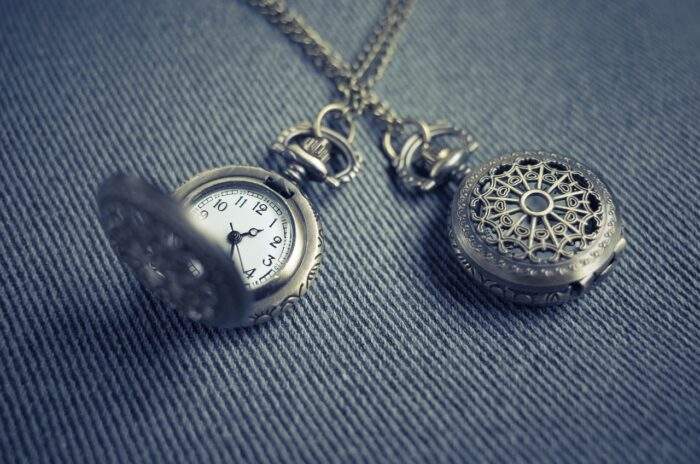Innovative Techniques for Handmade Jewelry Design

Innovation is a multifaceted endeavor involving cross-cutting practices and processes to promote, organize, and stimulate it. These essentials help implement positive innovation processes without undue waste, as shown below.
Handmade jewelry offers more customization options and higher artistry than casting. However, it is also more expensive and takes longer to make.
Design Transformation
Incorporating unconventional materials into your designs is a great way to elevate your handmade jewelry line and create a unique look. Use natural leather, feathers, or fabric to add texture and depth to your pieces. You can also use unique shapes and patterns to create a one-of-a-kind style that will set your brand apart from the competition.
Another innovative technique used in jewelry design is computer-aided modeling and 3D printing. It allows manufacturers to assess a new piece’s aesthetic and technical aspects before investing time, money, and effort in drafting it out physically.
While staying current with trends is essential, finding your creative voice and vision is equally important. Embrace the challenge and excitement of being a creative entrepreneur, but remember to balance this with your core values and business objectives. It will ensure that you keep growing and stay competitive in the market.
Tools
Whether you design big, bold statement pieces or delicate, dainty items, some tools can help you bring your vision to life. Choosing well-made tools can save you time and money in the long run. These tools empower artisan jewelers to bring their designs to life, from pliers and wire cutters to metal stamps.
Several technological revolutions have taken place within the jewelry-making process. For example, CAD software allows for rapid concept development and the creation of 3D-printed try-out models that verify designs before casting. Laser welding is another new technology that brings ancient jewelry techniques into the 21st century, making jewelry from precious metal wires knitted together in patterns that resemble chain mail.
Despite these innovations, jewelry makers need help designing their pieces using 3D modeling. For example, most 3D software environments are not geared towards jewelry and offer limited tooling for texturing on curved surfaces, and the automatic embossing feature will need to be configured manually.
Imperfections
Incorporating imperfection into a piece can add character and give it an organic feel. Consider creating a bracelet that uses rough-cut stones that lean into their natural imperfections or intentionally uneven metal to create an exciting texture.
Another great way to add interest to jewelry is through unexpected colors. Jewelers often experiment with colored beads, including letters or numbers for personalization and fun-shaped beads to show off interests. They can also use e-coating or enamelizing to add a pop of color that grabs attention.
Creating innovative jewelry designs requires an ongoing supply of fresh ideas and techniques. Many creative people find real-life experiences and simple choices, like spending time outdoors or trying a new recipe, to rekindle their creativity. Then, they can turn those renewed embers into something beautiful. It can mean a beautiful new necklace, earrings, or beaded strands for jewelry makers. The possibilities are endless!
Symbolism
Symbols play a big part in handmade jewelry design. They communicate meaning without words and can be powerful reminders of values and beliefs. Many of the symbols we wear are inspired by nature and cultural influences, like the Tree of Life or the ancient Hamsa symbol.
One of the most innovative ways to add a sense of individuality to a piece of jewelry is by using unexpected colors. Mixing gold with copper, for example, creates a striking effect that’s different from traditional all-gold or silver pieces. You can also try incorporating colored gemstones or a rainbow of enamel into a design.
While AI brings efficiency and innovation to the design process, skilled artisans still play a crucial role in crafting jewelry with meticulous attention to detail. This symbiotic relationship elevates the design process, creating breathtaking pieces seamlessly blending innovation with craftsmanship. It’s also important to remember that handmade pieces are never the same – every piece is unique and has its own story.







